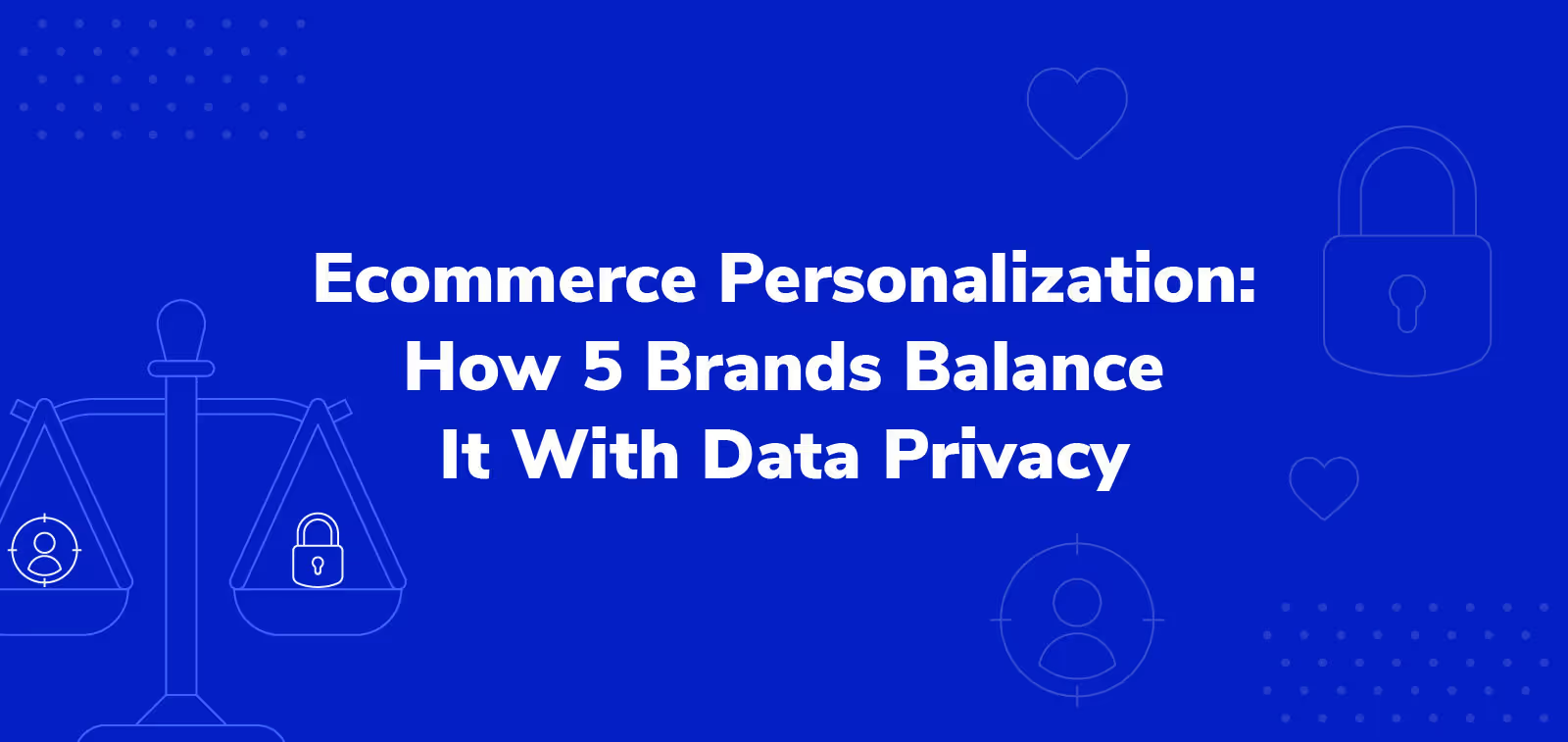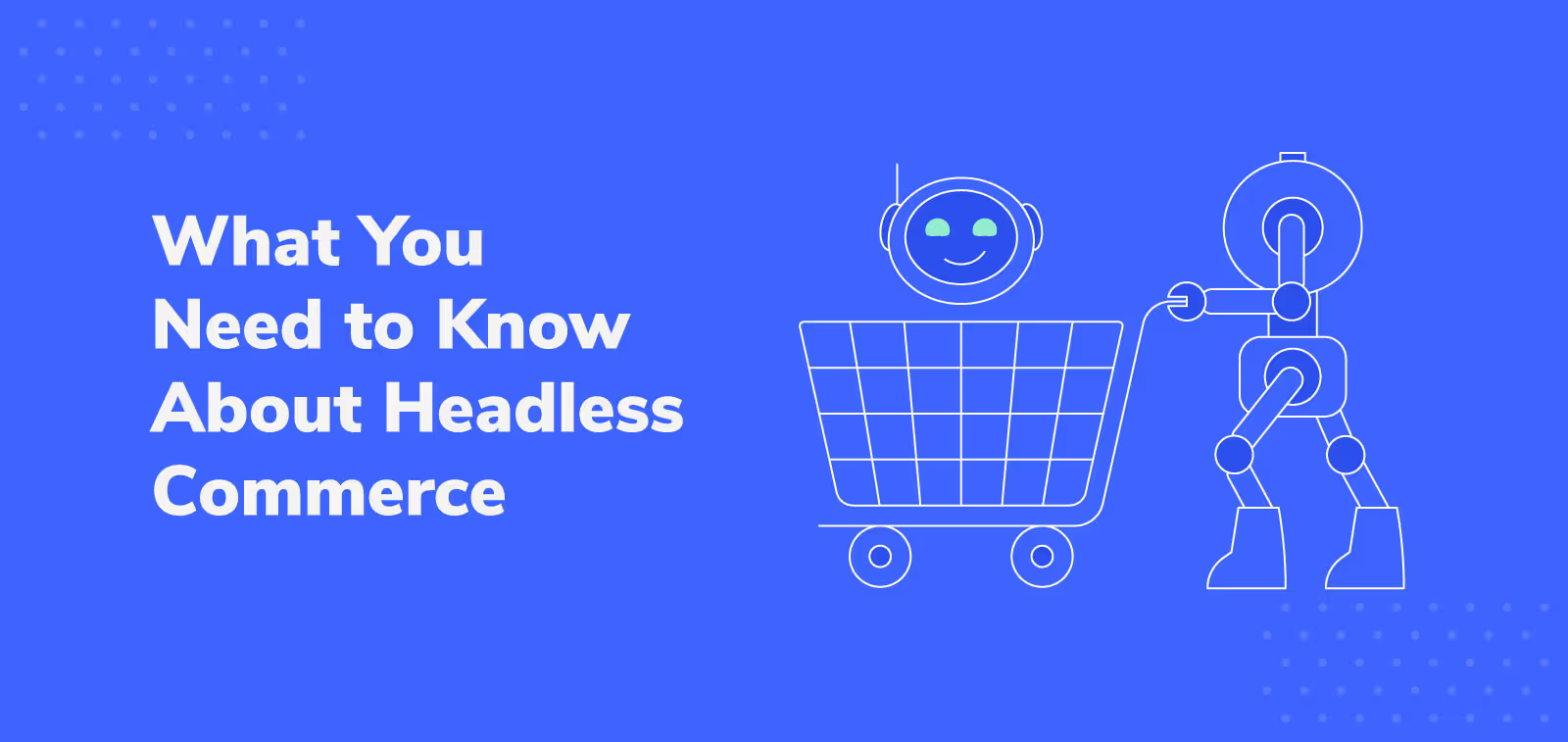Incremental Sales: What They Are and 4 Ways to Drive Them

In the competitive ecommerce space, every sale counts. Each transaction is more than just a number; it's a testament to the effectiveness of your strategy, the appeal of your products, and the trust of your customers.
But what if you could stretch beyond those regular sales and tap into a revenue potential that's just waiting to be unlocked? Incremental sales represent this very opportunity. These sales are a bonus — the icing on the cake that can dramatically elevate your brand in the ecommerce space.
Read on to learn how to harness the power of incremental sales and unlock additional revenue streams. These actionable insights can help you boost your bottom line and strengthen customer relationships.
What are incremental sales?
Incremental sales are the extra sales that a retailer gets from specific marketing activities or campaigns. These sales are in addition to the regular sales the business would have without marketing initiatives.
Incremental sales are a key metric used to measure the success of a company's marketing efforts. They indicate whether the company has been able to grow their market share or increase total sales. It also helps retailers determine which campaigns are worth investing in by comparing costs with sales.
What is the difference between base sales and incremental sales?
Base sales, often referred to as baseline sales, represent the number of sales a retailer would achieve without any promotional activities or marketing campaigns. This provides a consistent sales metric that businesses can use as a benchmark. On the other hand, incremental sales are the sales achieved as a result of a particular marketing effort or activity over and above the baseline sales.
What is the difference between incremental sales and incremental revenue?
While they might sound similar, there's a key distinction between the two. Incremental sales focus specifically on the volume or number of sales made due to a specific marketing activity. Incremental revenue, however, considers the additional money earned from those sales — it's not just about the number of sales but the actual sales revenue that results from those efforts.
Think of it like this: incremental sales count the number of tickets sold to a blockbuster show. Incremental revenue focuses on the box office earnings from those ticket sales. One tracks popularity and reach, and the other measures the financial impact of that popularity.
Why is it important to calculate incremental sales?
For ecommerce brands, paying attention to incremental sales is more than just a good idea; it's essential. By diving deep into this important metric, you can:
🚀 Validate new product ideas: Every time you launch a new product, you're making a bet. Incremental sales help you determine if that bet is paying off. A significant uptick in sales post-launch shows that a new product is striking a chord with your target audience.
🎯 Gauge marketing campaign effectiveness: Incremental sales figures can help you assess whether your marketing campaigns or sales promotions are successful in driving sales growth. If numbers are climbing, your message is landing right where it should.
💰 Optimize your budget: By understanding how incremental sales are performing, you can adjust your budget to focus on the campaigns that will have the biggest impact on your bottom line.
🧠 Uncover customer insights: Tracking incremental sales can reveal insights into customer behavior and preferences. It can help identify what products resonate with your audience and enable more personalized marketing strategies, enhancing customer satisfaction and brand loyalty.
So, when you craft your marketing campaigns, remember to keep a close watch on your incremental sales figures. They play a pivotal role in helping you make smarter, data-informed decisions.
How do you calculate incremental sales?
Next, let's go over the mechanics of how to calculate incremental sales. The incremental sales formula is quite straightforward:
Incremental sales = total sales during marketing activity – baseline sales
Let's say your sales data shows that you sold 10,000 units during a promotional campaign, and your benchmarks indicate an expected baseline sales of 7,000 units for the same time period (without the campaign). Your incremental sales would, therefore, be 3,000 units.
4 ways to drive incremental sales (+ examples)
Now that we've covered the basics, let's explore four powerful ways to boost your incremental sales. Each of these methods, complete with examples, can increase your revenue and strengthen your brand’s customer relationships and long-term loyalty.
1. Fresh finds: Introduce new products
Launching new products can attract new customers and entice existing ones. Let's say you have an online skincare brand that just unveiled a new line of cruelty-free products. If you see your sales numbers ticking up post-launch, it's a good sign that your new line is drawing in those extra sales. Plus, keeping things fresh and exciting ensures you're always on your customer's radar.
2. The art of the upgrade: Upselling
Upselling involves persuading a customer to purchase a more expensive version of the product they're considering or adding complementary products. This tactic can be very effective for increasing incremental sales because it taps into the customer's existing interest and amplifies it. And according to a 2022 HubSpot Blog survey, 72% of sales professionals who use upselling techniques report that it drives up to 30% of their revenue.
Let's take, for instance, a shopper eyeing a pair of jeans. Suggesting a more luxurious "premium" pair might just entice them to upgrade their purchase. Additionally, upselling complementary items can also help to increase the average order value of a purchase. This could involve suggesting items like a belt or scarf that would match the jeans they’re considering.
3. Bundles of joy: Cross-selling
Cross-selling involves suggesting products that complement what a customer has already shown an interest in. The same HubSpot survey tells us that 74% of sales professionals who cross-sell report that it also drives up to 30% of their revenue.
Consider an online store that sells smart TVs. If a customer is purchasing a high-end TV, cross-selling might involve suggesting a product protection plan or extended warranty. This additional service makes sense in the context of the primary purchase, as it offers the customer peace of mind by safeguarding their new device against potential damages or issues.
Here's the magic of cross-selling: it provides a win-win scenario. From a customer's perspective, they're being introduced to products that can amplify their purchase. They get the convenience of finding everything they need in one place. They can also benefit from bundle deals and combined shipping.
Not only does this approach add value to the customer's purchase, but it also fosters customer loyalty. For retailers, cross-selling increases the average transaction value, boosting revenue without the need to acquire a new customer.
4. Connect and captivate: Marketing campaigns
Marketing campaigns are the lifelines that connect brands to their potential buyers, often serving as a bridge to incremental sales. When done right, they have the power to not only introduce new products or services but also to reignite interest in existing ones.
Here are some marketing channels you can use to promote your products or services and drive those crucial incremental sales:
- Social media: You can use the shoppable posts feature on Instagram and Facebook to link your products to visually appealing content. This makes the purchasing process seamless and more enticing.
- Influencer marketing: This allows brands to tap into larger audiences by showcasing their products in relatable ways. An influencer's endorsement can act as a trust catalyst, persuading their followers to explore and buy.
- Affiliate marketing: Affiliates promote products on their platforms, driving traffic back to your site. They earn a commission for each sale made through their referral. This creates a mutually beneficial partnership that can enhance your brand's visibility and increase sales volumes.
For example, picture a budding fashion ecommerce brand launching their first summer collection. They can leverage Instagram stories for engagement, team up with a rising influencer for a “day-out” outfit showcase, and collaborate with upcoming fashion bloggers for reviews using affiliate links. They can monitor key performance indicators (KPIs) like click-through rates to ensure they're driving conversion rates and boosting incremental sales.
Boost incremental sales with Extend
Ultimately, incremental sales are more than just an uptick in numbers. They reflect the power of your marketing, the appeal of your product range, and the depth of your customer relationships. These sales signal that your efforts to engage, persuade, and satisfy your target audience are bearing fruit.
However, a comprehensive ecommerce strategy doesn't end with increasing sales. It extends to optimizing post-purchase experiences, too. If you're looking to further enhance the shopping experience and ensure customer satisfaction long after they've hit the “buy” button, you'll want to delve into optimizing your shipping and protection offers.
Both Extend Product and Shipping Protection are great for businesses and shoppers alike. Buyers feel secure when making a purchase, and businesses benefit from decreased replacement costs and increased incremental revenue — plus improved customer satisfaction and loyalty.
To learn more about how Extend can help you optimize your ecommerce costs, click here for a demo.
Aaron Sullivan is senior content marketing manager at Extend. He specializes in writing about e-commerce, finance, entertainment, and beer.
.svg)












































.avif)











